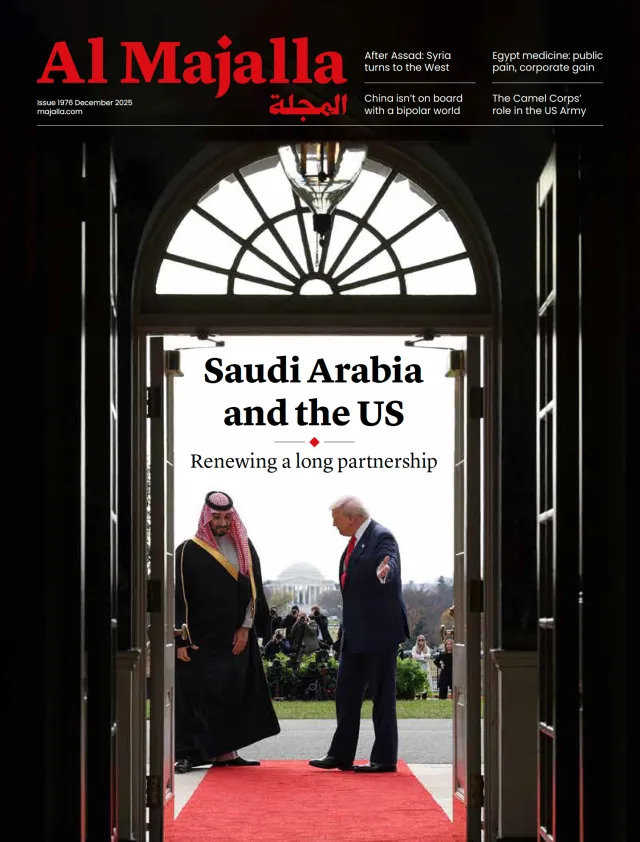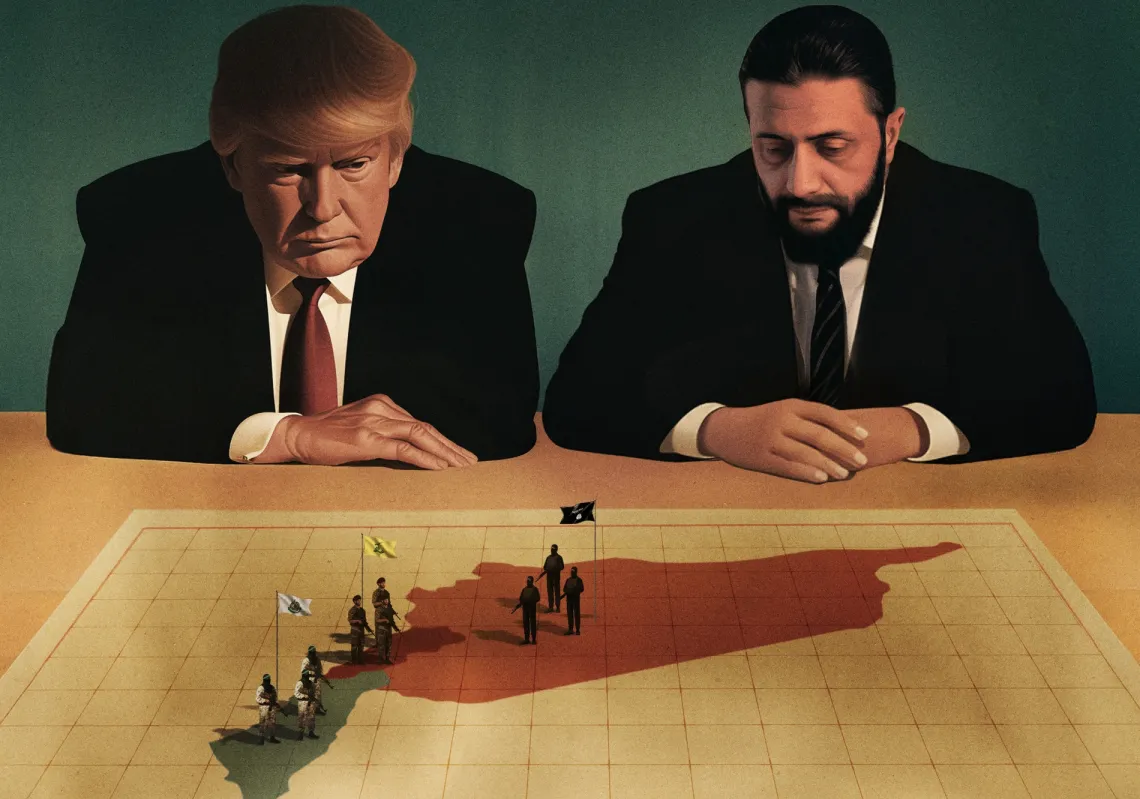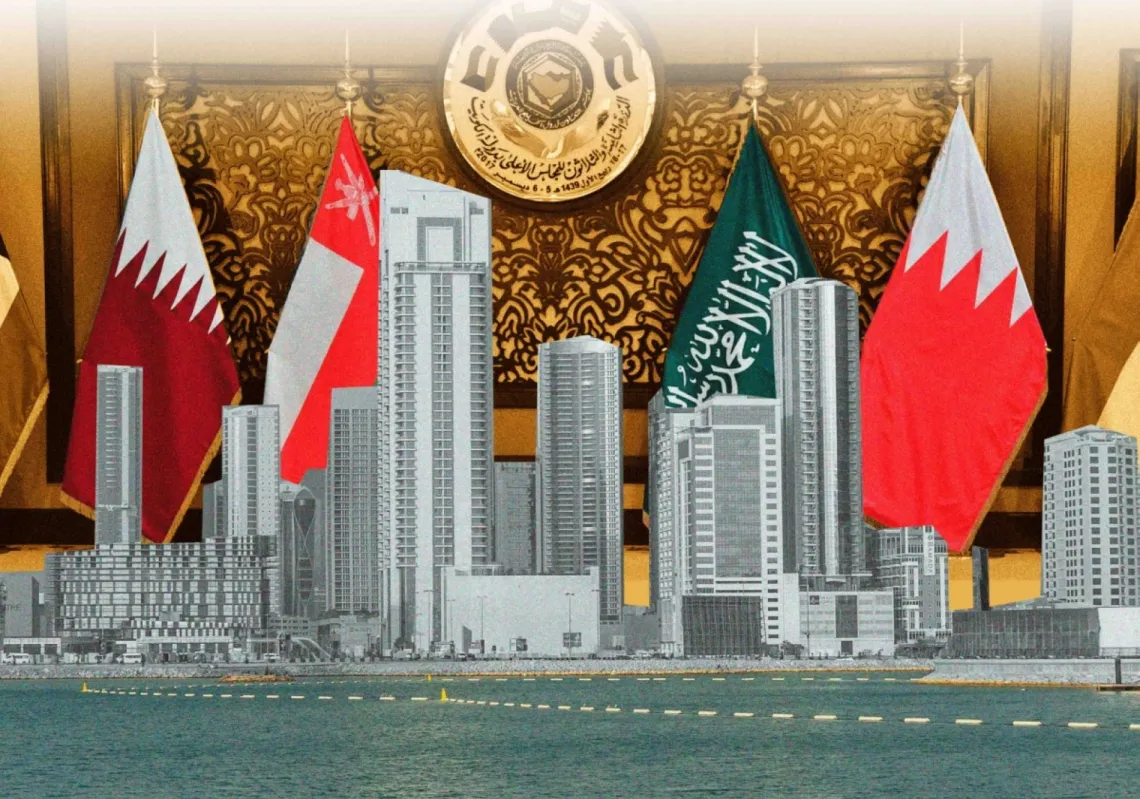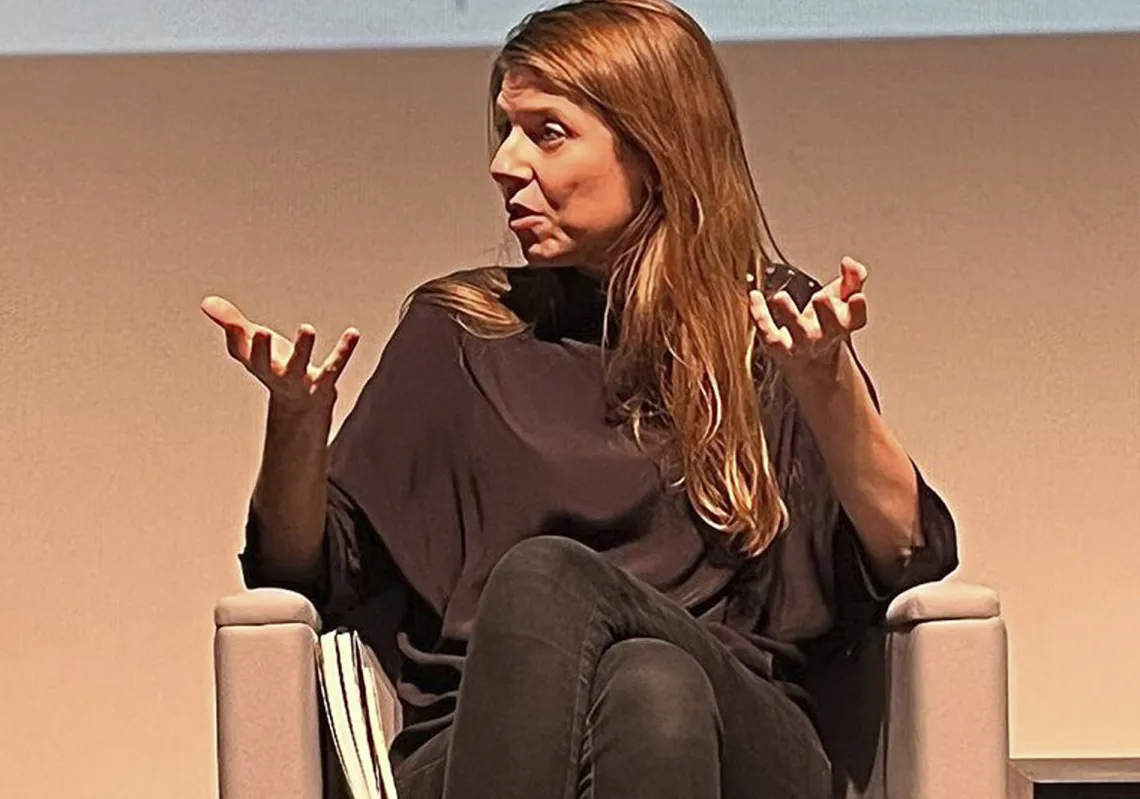Located in the east, bounded by the Euphrates River to the west and the Tigris River to the east, the Syrian region of Al-Jazira accounts for around 41% of Syria’s total land area and is worth fighting for.
The region has variously been known as Syria’s breadbasket, its oil reservoir, green island, and wheat capital because it holds 50% of Syria’s oil, 64% of its water, 55% of its wheat, and 78% of its cotton. Yet, in official documents, it is “under-developed” both socially and economically. The Syrian state has not cared for it.
Al-Jazira comprises three governorates—Deir ez-Zor, Al-Raqqa, and Al-Hasakah (commonly referred to as the Eastern Governorates)—and used to include the former Euphrates Governorate, which was later divided into Deir ez-Zor and Al-Raqqa. It shares frontiers with Iraq to the east and Türkiye to the north.
Its residents make up around 7% of Syria’s total population, with 64% living in rural areas and 36% in cities. According to estimates by the Syrian Central Bureau of Statistics, the governorate’s population stood at 1.27 million ten years ago.

Richly endowed
It has vast agricultural wealth, with large livestock numbers, abundant water supplies, and oil and gas reserves, yet it lacks supporting infrastructure, such as an oil refinery or power generation plants.
Although it is a leading producer of wheat, barley, and cotton, it has no factories for food processing, fodder, fertilisers, or cotton-based industries such as textiles, and despite being a centre for livestock farming, it lacks any large-scale dairy and cheese production facilities. Raw materials are simply shipped out to other regions.
When widespread protests against former Syrian president Bashar al-Assad began in 2011, demands at first focused on issues such as improved living conditions and industrial development, but the regime responded with military force, and this violence suppression led to the widespread destruction of infrastructure.
Roads were blocked, and production ground to a halt. Al-Jazira's oil facilities were vandalised and looted, acres of farmland were rendered unusable, water sources dried up, and dozens of economic projects stopped.
Bountiful agriculture
In 2011, Al-Jazira's wheat production reached 2.15 million tonnes (55% of Syria's total output). Al-Hasakah alone accounted for more than 50%. Meanwhile, the region's cotton yield stood at 523,000 tonnes, which equated to 78% of Syria's total production that year (Al-Hasakah contributing 35%).













